The lavender family: a gift for gardeners
People are often surprised to learn how many types of lavender there are, with more than 30 species and hundreds of varieties.
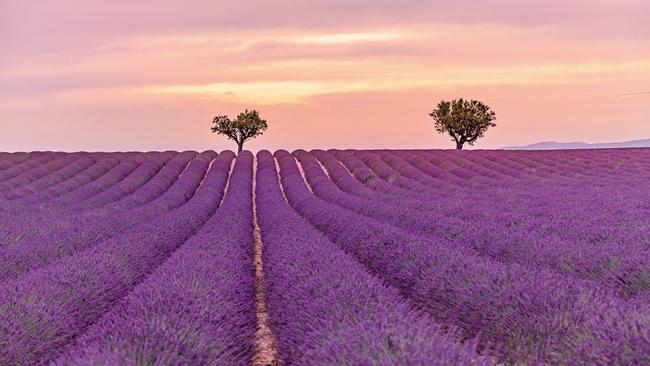
People are often surprised to learn how many types of lavender there are. The genus Lavandula has more than 30 species and hundreds of varieties; flowers range from deep purple to pale mauve, soft pink to crimson, white, green and some bicolours. The plants are all fast-growing, with aromatic, grey-green to silver leaves.
There are four main groups of lavenders, each with different characteristics and uses. English lavender (Lavandula angustifolia), known as true lavender, is typically used for essential oil, dried flowers and in cooking. Frost tolerant, it needs a cool climate to thrive and bears tall, slender flower spikes in late spring and summer. ‘Munstead’ and ‘Hidcote’ are popular cultivars.
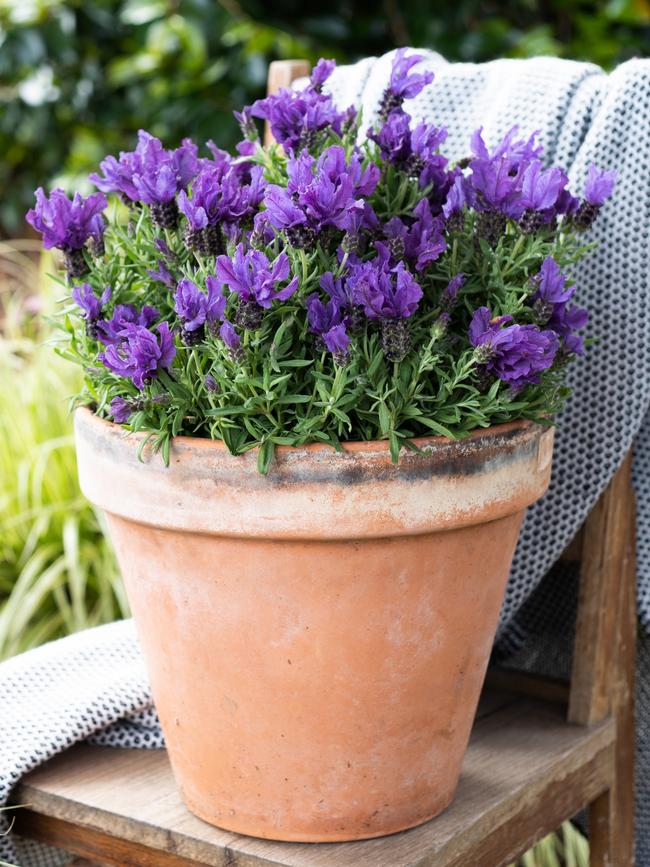
Italian and Spanish lavender are common names for the L. stoechas and L. pedunculata species. Both have two petals like bunny ears at the top of each flower spike, but L. stoechas is weedy across much of temperate Australia. New varieties of L. pedunculata with enlarged wings, better tolerance of humidity and a broad range of colours include the Bella series of 50cm-tall plants in five colours and the 1m-tall Bee series in five colours. The Ruffles series of seven colours has profuse flowers with ruffled wing edges on compact plants; Fairy Wings feature long, ribbon-like wings. Lavish hybrids have wings all the way down the flower spike. These mostly flower from late winter into summer; newer releases such as ‘The Snow Princess’ and ‘The Prince’ can repeat flower.
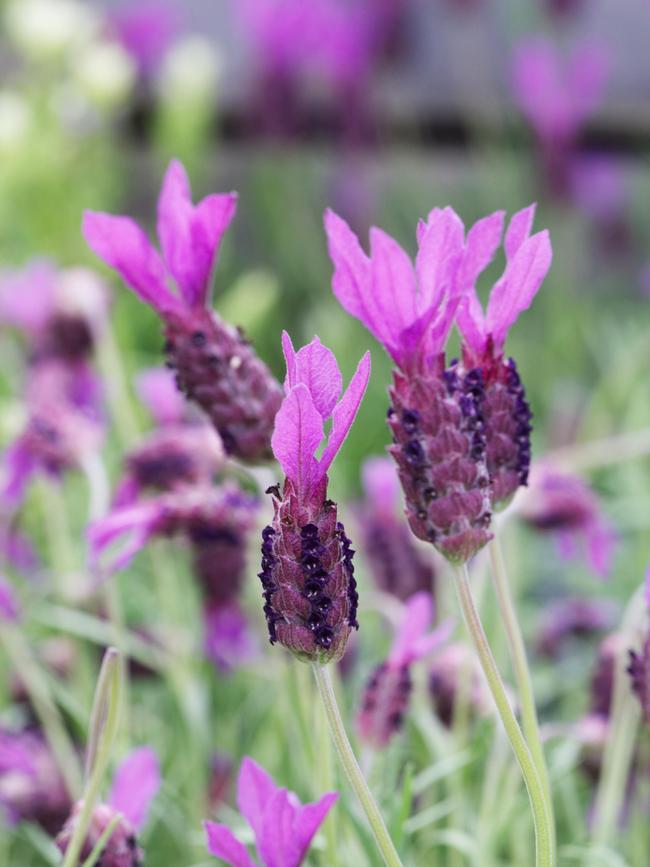
French lavender (L. dentata) might not have such showy blooms but it flowers almost all year. It’s a billowy shrub to about 1.5m with grey-green, toothed leaves and soft mauve flowers. It’s the most reliable species in sub-tropical climates. Least common but garden-worthy are the fern leaf lavenders (L. canariensis and L. pinnata), of which Australian-bred ‘Sidonie’ is best known. It has ferny foliage and long-stemmed, vividly purple, forked flowers from late winter to autumn.
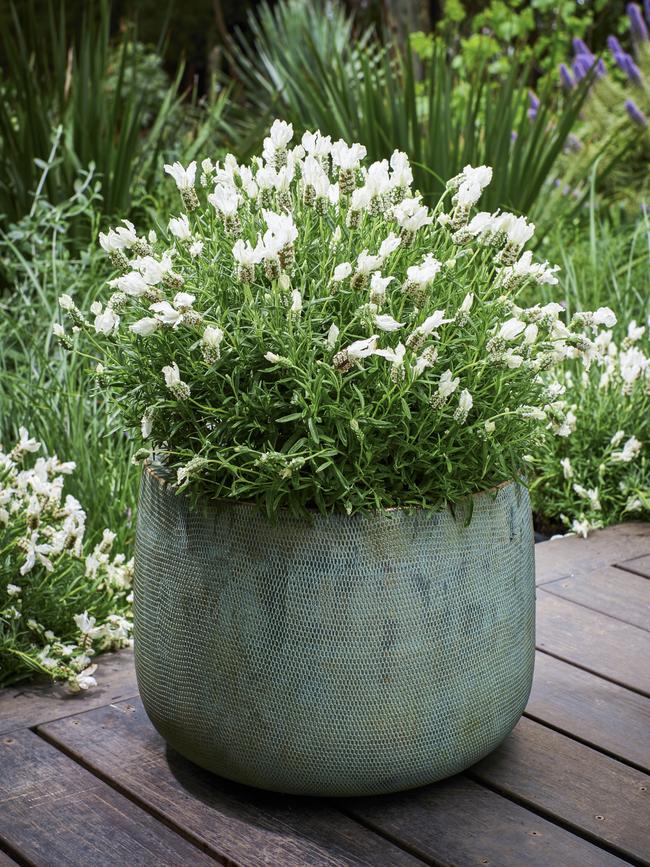
Lavenders come from the Mediterranean where summers are hot and dry. They take wind, coastal exposure and poor soils, and have few pests. Neutral to alkaline pH soil is best; add lime or dolomite to acidic soils. Excellent drainage is essential, so grow lavender in raised beds, on retaining walls, mounds, slopes or in terracotta pots. In humid climates, choose suitable varieties and give them full sun, plenty of air and drainage; mulch with crushed granite or pebbles. Prune by half to two-thirds after flowering each year, but never cut back to woody, bare stems. Lavenders usually need replacing every four or five years.
Q&A
Would native grasses work for a vertical garden on a shaded wall of a small outdoor atrium? Caity McLoughlin, Sydney
Most native grasses prefer some sun but grass flag (Libertia paniculata) would suit and Lomandra ‘Tanika’ is tough. Native violet (Viola hederacea) will trail down; bird’s nest fern (Asplenium) is sculptural. Go-to non-native plants for vertical gardens in shade are mistletoe cactus (Rhipsalis), Philodendron ‘Xanadu’, pothos (Epipremnum), ribbon plant (Chlorophytum), liriopes and bromeliads.
What orchid varieties are best for the Gold Coast near the water? Graeme White, Gold Coast
Orchids are not adapted to salt spray or wind; they need protection and partial shade. Rock orchids are easiest; try Dendrobium speciosum and D. kingianum. Cymbidiums have the largest flowers and are well suited to outdoors. Cattleyas have stunning flowers and are easy given the right conditions.
How can I encourage my peace lily to produce more flowers? Josef Szwarc, by email
It might need repotting – either go up a pot size or cut the plant into two. Apply a bloom-boosting, soluble fertiliser every couple of months. Peace lilies need bright, indirect light to flower well.
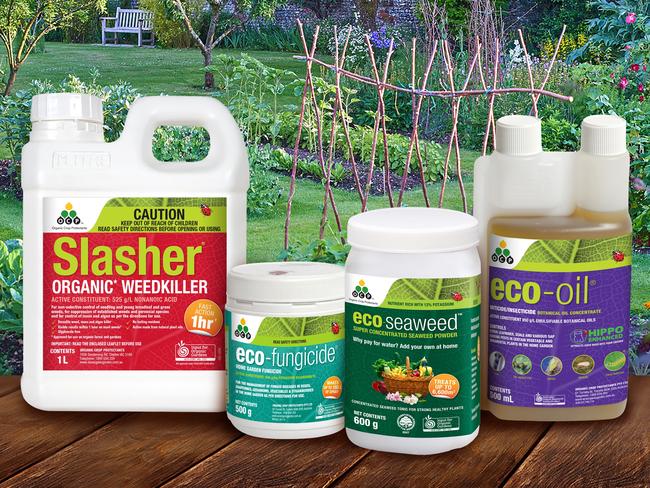
Send your questions to: helenyoungtwig@gmail.com or Helen Young, PO Box 3098, Willoughby North, NSW 2068. The best question for October wins a hamper of organic products from Eco-Organic Garden worth $110. September’s winner is Tina Woods of Bensville, NSW for her question about stink bugs




To join the conversation, please log in. Don't have an account? Register
Join the conversation, you are commenting as Logout